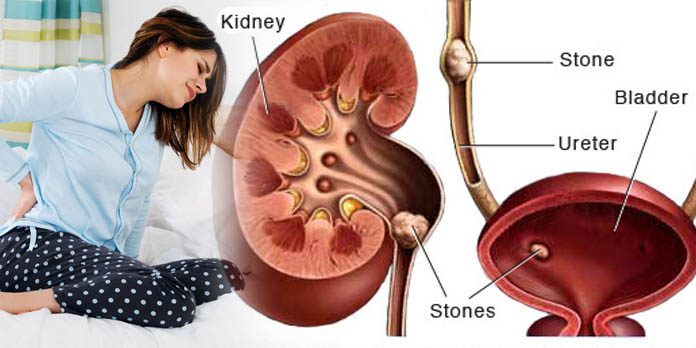Kidney stones are a common health issue that affects millions of people worldwide. It is a condition where small, hard deposits of mineral and acid salts form in the kidneys or urinary tract. The pain and discomfort associated with kidney stones can be excruciating and can require medical attention. The traditional methods of diagnosing and treating kidney stones involved invasive procedures and surgeries. However, with the advancement in medical technology, there are now less invasive and more effective methods available.
One of the most significant advancements in kidney stone diagnosis is the flexible cystoscope. It is an innovative medical tool that has revolutionized the diagnosis and treatment of kidney stones. The flexible cystoscope is a small camera attached to a thin, flexible tube that can be inserted through the urethra to examine the bladder and urinary system. This tool allows doctors to see the inside of the urinary tract in real-time and identify any kidney stones or other abnormalities that may be causing discomfort.
Peekaboo, Kidney Stones: Found You!
Kidney stones are no laughing matter. They can cause excruciating pain and discomfort, not to mention the inconvenience of dealing with doctor appointments and tests. But what if there was a more efficient way to diagnose kidney stones? Enter the flexible cystoscope, a revolutionary tool in the field of urology. This tiny camera, equipped with a light and flexible tube, can navigate through the urinary tract to detect and locate kidney stones. The process is painless, quick, and accurate – allowing doctors to pinpoint the exact location of the stone, its size, and shape. With the flexible cystoscope, there’s no more playing hide-and-seek with kidney stones. It’s more like peekaboo, kidney stones: found you! – and that’s a game changer for patients and doctors alike.
The Game Changer in Diagnosis
Advancements in kidney stone diagnosis have been a game changer for patients suffering from this excruciating condition. Among the latest innovations is the flexible cystoscope, a device that allows healthcare professionals to see inside the bladder and ureter with unprecedented clarity and precision. This tool is especially useful in identifying small or hidden stones that may otherwise go undetected using traditional imaging methods. With the flexible cystoscope, doctors are able to visualize the entire urinary tract and determine the exact location and size of the stone, allowing for more accurate diagnosis and treatment planning. Overall, this technology is revolutionizing the field of kidney stone diagnosis, providing patients with faster, more effective, and less invasive care.




